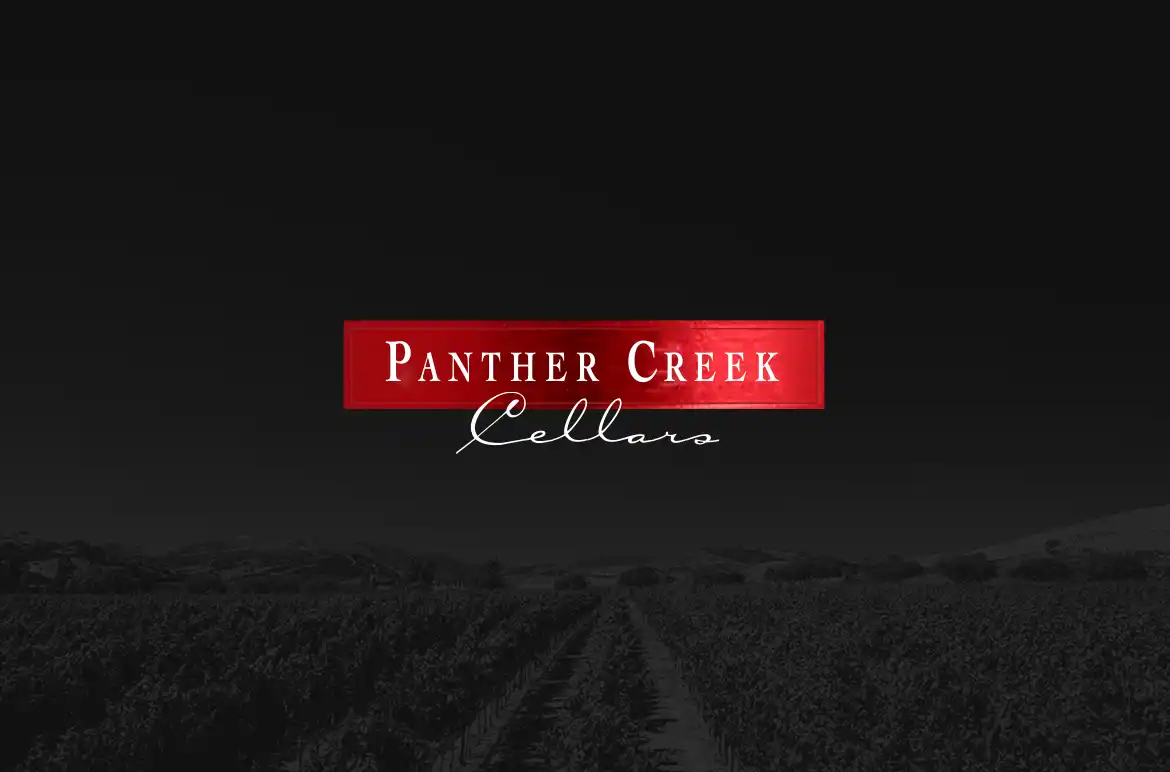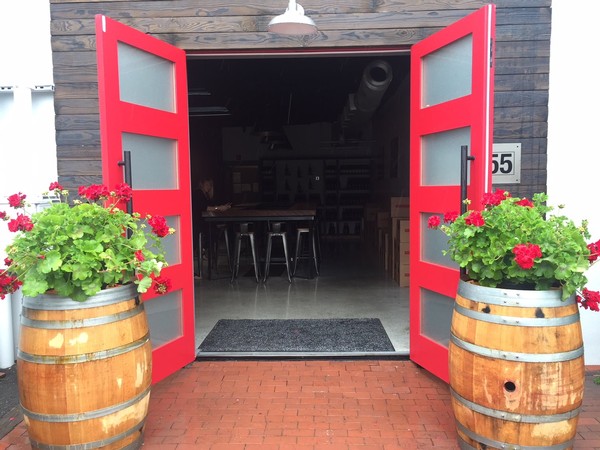Woodinville Wineries Tasting Room Do’s and Don’ts
As Wine Enthusiast Magazine describes it, “Woodinville is not a designated AVA. However, it’s very much Washington wine country.”
Washington is the second-largest producer of wine in the United States, making wine tasting in Washington a major tourist attraction. Since 1976, when Chateau Ste. Michelle first opened their winery, Woodinville’s wineries as a whole have become the most popular destination for wine lovers that prefer to stay close to the big cities. Woodinville prides itself on all the fine wine the state grows every year and their ability to connect that wine to the community in a fun and easygoing environment. Wine tasting is a unique experience, and with its uniqueness come a few guidelines to keep in mind.
Allow us to take you on a journey through Woodinville’s wineries, their tasting rooms, and the simple DOs and DON’Ts of wine tasting.
Woodinville Wineries
Located only 30 minutes from Downtown Seattle, Woodinville is a small town with a lot of warehouse space. Within only 5.62 square miles of land area over 100 wineries throughout the 5 separate wine districts that make up Woodinville wine country. These wineries range from the internationally known, like Chateau Ste. Michelle, to intimate, boutique wineries, like Panther Creek Cellars, both located in Woodinville’s Hollywood District.
Woodinville Wine Tasting
Tasting rooms are a great opportunity for wineries to showcase their selections in a relaxed environment where they can assist with how their wine is served, paired, and interpreted by their guests, whether they be an expert or a novice. Every single wine has its own distinct flavor profile, and wineries spend hours upon hours creating wine flights by varietal, year, region, and beyond that can best highlight those specific profiles.
In particular, Woodinville tasting rooms are a hot commodity because most of Washington’s vineyards are located on the eastern side of the state. For many city dwellers that is a much farther journey by several hours, and that is why many winemakers have chosen to locate their tasting rooms in Woodinville as opposed to their vineyard. Why not take advantage of the proximity to major west coast cities, and allow your winery to import the grapes from AVAs across Washington and Oregon.
Woodinville Wine Tasting Rooms
Wine tasting etiquette isn’t the snobbish rules of refinement that some may imagine, and especially not in Woodinville’s smaller boutique wineries. These spots are more focused on creating an intimate, comfortable atmosphere where guests can have an educational experience that also tastes delicious.
Tasting rooms aren’t fine dining, but there is a particular decorum that guests should be expected to respect. When planning your next visit to Woodinville’s many tasting rooms, please remember the following simple DOs and DON’Ts regarding consideration, liquidation, and exploration in order to have the best tasting experience possible.
Consideration
DO: Leave the kids at home
Children are lovely young people and are appropriate companions to many types of restaurants. Wine tasting rooms are not one of them. Kids require constant supervision when in public spaces and that can hinder yours and other guests’ ability to fully engage in the wine tasting experience.
DON’T: Arrive unannounced with a large party
Wine is meant to be a social drink, with loads of aromas and flavors to get the conversations in the room started. Though most tasting rooms do encourage you to arrange wine tastings in large groups, they also strongly request that you make a reservation first before just showing up at the door. Nothing is more frustrating for tasting room staff than having more guests than they can accommodate to their full potential. It interferes with their ability to speak with all the guests about the wines they’re serving and answer questions. Also, a crowded tasting room can become noisy, which takes away from the intimacy.
Liquidation
DO: Spit
How often do you find yourself in a public place where it’s customary to spit?
Forget anything you might have heard that said it’s impolite or uncouth to use the tasting room’s provided spit bucket. There are two very good reasons you are encouraged to use it, and those are alcohol intake control and aeration. Aeration is the controlled exposure of wine to air in order to reactivate the wine’s oxygen component. In short, when you spit your wine into the bucket, you’re releasing one last burst of oxygen into the wine, which gets most of its flavor and aromas from oxygen exposure, giving your palette one last surge of the wine’s flavor profile.
In regards to alcohol intake, remember that wine tasting is for tasting wine. Unlike a bar crawl where the focus is on the quantity of consumption, wine tastings focus on the quality of consumption. Spitting helps customers limit their alcohol intake, especially if you plan to visit multiple tasting within the same day. It’s also an easy avoidance from swallowing a wine you’ve learned you do not like.
DON’T: Wear cologne or perfume
While a little extra spit is always welcome at any tasting room, wearing your favorite cologne or perfume is not. A very important aspect of wine tasting is the aroma, and inviting outside scents into the room will only get in the way. On the day of your reservation, get the best of all the wines’ aromas and refrain from using perfumes, scented deodorants, and avoid gum or flavored chapsticks.
Exploration
DO: Keep an Open Mind
Your trip to wine country should be an adventure, and part of that adventure is allowing yourself to try a sample of wines you may not think you’d like at first. A staff member from Panther Creek Cellars’ tasting room said recently, “I couldn’t tell you how many people come in saying they don’t like Pinot Noir and then leave with multiple bottles.” Tasting rooms are a great place to learn what wine varietals pair well with your individual palette, and possibly discover why other wines do not.
At a Woodinville wine tasting, the staff should not only be knowledgeable in the wine they’re serving, but also in how to properly preserve it and serve it as the winemaker intended. Perhaps guests that assume they do not like Pinot Noir have never had it at the proper temperature, or tried a Pinot Noir from a region where it grows best, like the Willamette Valley.
When you keep an open mind, you’re going to open yourself up to learning more about what your palette enjoys and why.
And for anyone wondering which bottles our “non-Pinot drinkers” are buying, check out our 2018 Winemaker’s Cuvée. This is a lighter-bodied Pinot Noir and it is also our #1 seller, available for $25.
DON’T: Drink the wine if you don’t like it
Tasting room etiquette does NOT mean you have to finish every glass of wine just to be polite. You can keep an open mind and still find that certain varietals just aren’t for you. In that case, just remember your “Ps” and “Qs”. When your server asks you if you’d like another glass of wine, all you need to say is “yes, please,” or, “no, thank you.”
After all, why drink a wine you don’t like when there’s a spit bucket for you!
Woodinville’s wineries and tasting rooms are a special part of Washington wine country. The DOs and DON’Ts of tasting room etiquette represent the winery’s commitment to cultivating the personal relationship between the local wine and you, the guest. Requests such as remembering to leave the family and perfumes at home, spitting where appropriate, and keeping an open mind are an easy way to ensure your time at the tasting room is everything it should be – a fun and delicious adventure.


